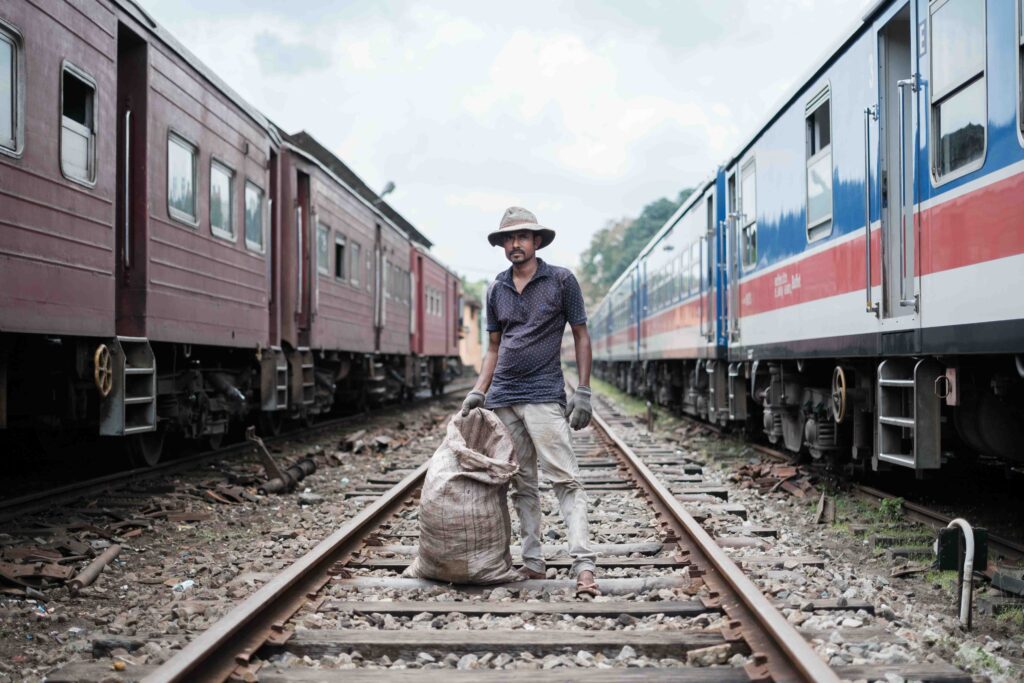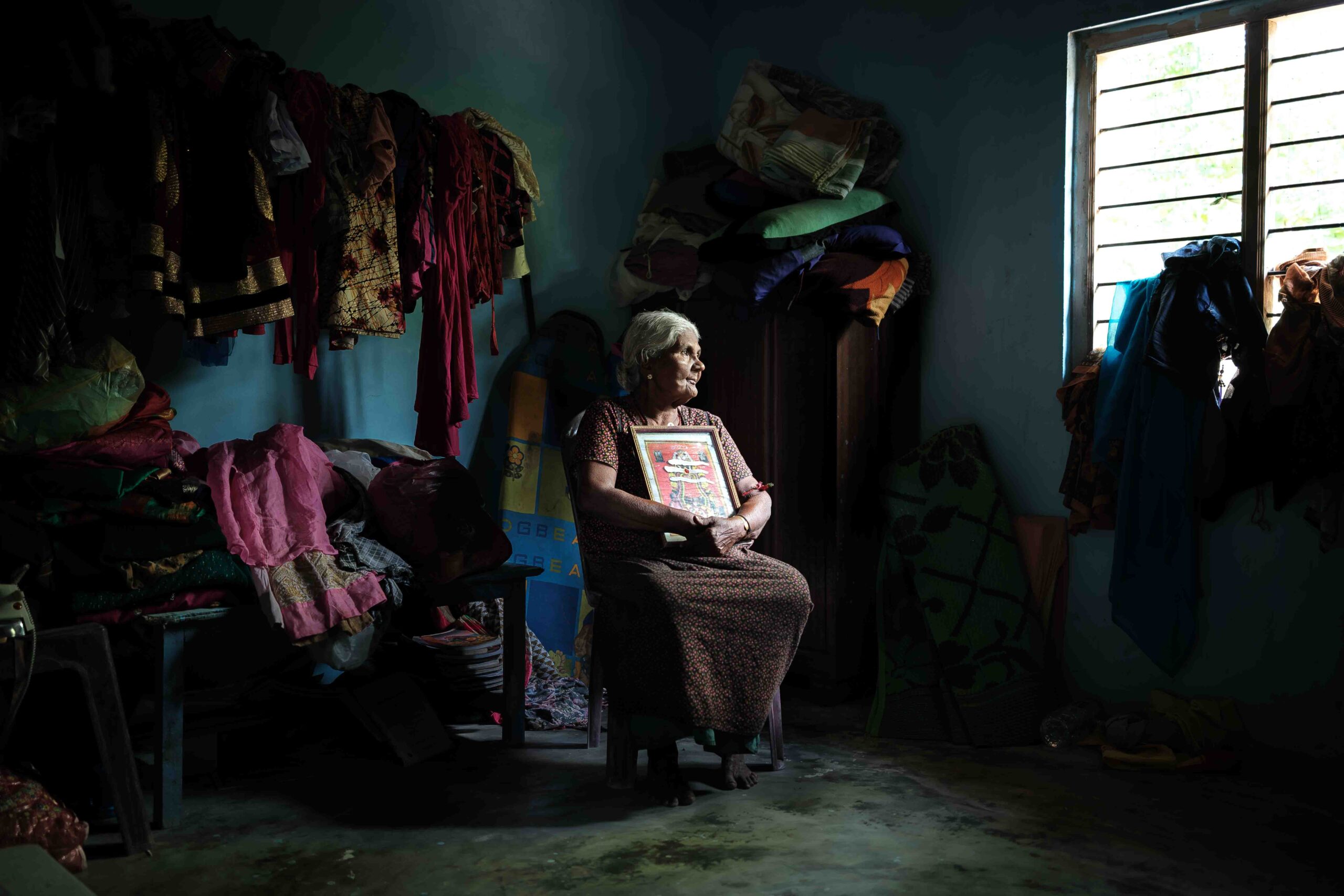In a world saturated with images, documentary photography stands out as a genre still dedicated to delivering photographs of value. Now more than ever, it is imperative for the legitimate photographer to create work in this space. Not only to elevate our aesthetic enjoyment of reality, but to document the social, economic, and political events that shape it. In this article, we will briefly touch on what documentary photography is, its history, and the role it plays in contemporary society.

Defining Documentary Photography
Documentary photography is a genre of photography primarily concerned with storytelling. However, unlike other storytelling genres, such as street photography and photojournalism, it aims to convey social issues, historical events, cultures, and everyday life in encapsulating detail. It is closely related to photojournalism. However, documentary photographers will often spend prolonged periods, a lifetime in some cases, to record their subject. Whereas photojournalists will fly in and out to assignments in rapid succession.

A Brief History of Documentary Photography
Documentary photography began taking form in the 19th century. The earliest examples came from pioneers like Mathew Brady and Alexander Gardner. Photographers who would document the American Civil War (1861-1865) in epic detail. Their contributions would also be the first recorded instances of war photography. Viscerally connecting the public with the poignant and unsettling realities of the battlefield like never before.
Later, in the early 20th century, the power of the genre as an agent for social reform came when photographers like Lewis Hine used his camera to unveil the appalling working conditions of children in the United States. Images which lead to significant alterations in the regulations for workplace conditions. And it’s capacity to symbolise the struggles of an era when Dorothea Lange’s iconic photograph “Migrant mother” taken during the great depression would provide its audiences with a timeless, empathetic connection to that challenging point in time.

Characteristics of Documentary Photography
Storytelling
The point of documentary photography is to tell a story. This could be with single images which capture pivotal moments or, more commonly, with a series of images that provide a comprehensive narrative.
Authenticity
Without the use of manipulation and enhancement, documentary photography aims to present the world for what it truly is. Its commitment to truth and realism is fundamental to the genre.
Social Commentary
Documentarians often use their work to illuminate social issues, advocate change, or archive cultural shifts or the experiences of people and communities at points in time. The images often serve as a type of long-form photojournalism.
Emotional Impact
Documentary photography needs to be emotionally poignant. Without this element, its viewers won’t connect with the subjects or issues depicted in an emotionally empathetic way. To do this, the photographer must work intimately with their subjects.
Longevity
Besides its potential to affect change in contemporary society, documentary photographers provide another indispensable service. Their contributions build archives for future generations to study and appreciate their human history.

Modern Day Documentary Photography
In the age of smartphones and social media, the discipline has evolved. The ability for anyone to capture and share images in real time has evened the playing field. Putting more power into the hands of the people, where once the information came solely from a small number of publishers. Now, anyone with a smartphone can document and share stories. However, this also creates a considerably higher level of noise in the visual sphere of the internet, which must be filtered through. Moreover, the spread of misinformation is becoming a growing cause of concern.
Social media platforms like Instagram and Twitter have become invaluable tools for documentary photographers to share their work. Enabling rapid and widespread dissemination of crucial stories to reach global audiences. Yet despite this, documentarians must compete with diminishing attention spans and uneducated audiences which value sex-related, consumer, and polarising political content above all else.

Conclusion
From its early conception in the 19th century, documentary photography has played a vital role in shaping our perceptions and understanding of the world. Its images act as bridges for audiences to explore and better understand different cultures, societal injustices and other pressing topics, such as climate change. Although not always concerning themselves with loftier subjects, documentary photographs can also chronicle the charm of the every day and remind us of the beauty and plight of the unassuming life.
And despite its rapidly evolving landscape, documentary photography will endure. For as long as there are stories to tell and truths to uncover, there will be those who step up to grip the reigns of responsibility it demands. Their work educating contemporary society and contributing to an archive for future generations to disseminate their shared humanity.

